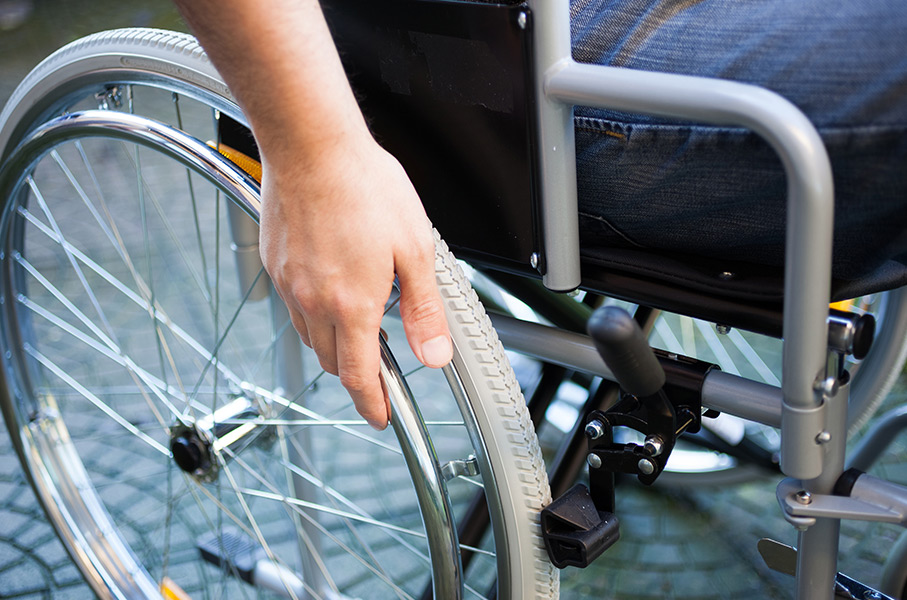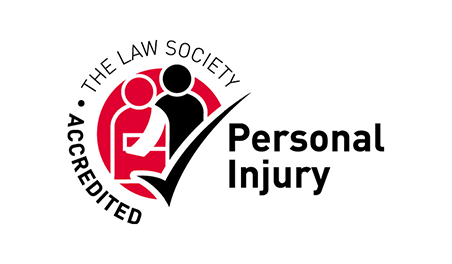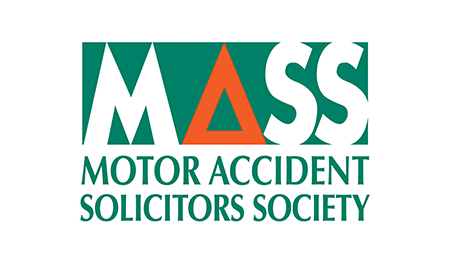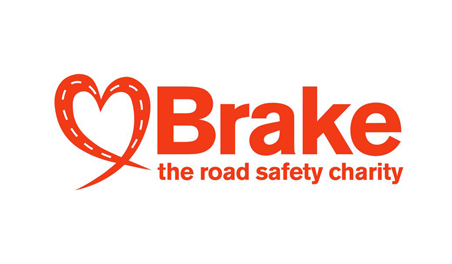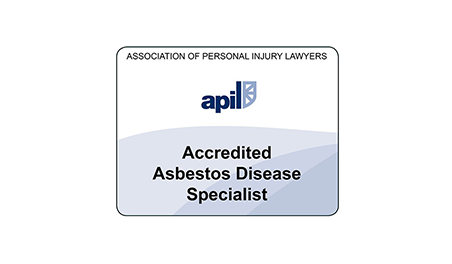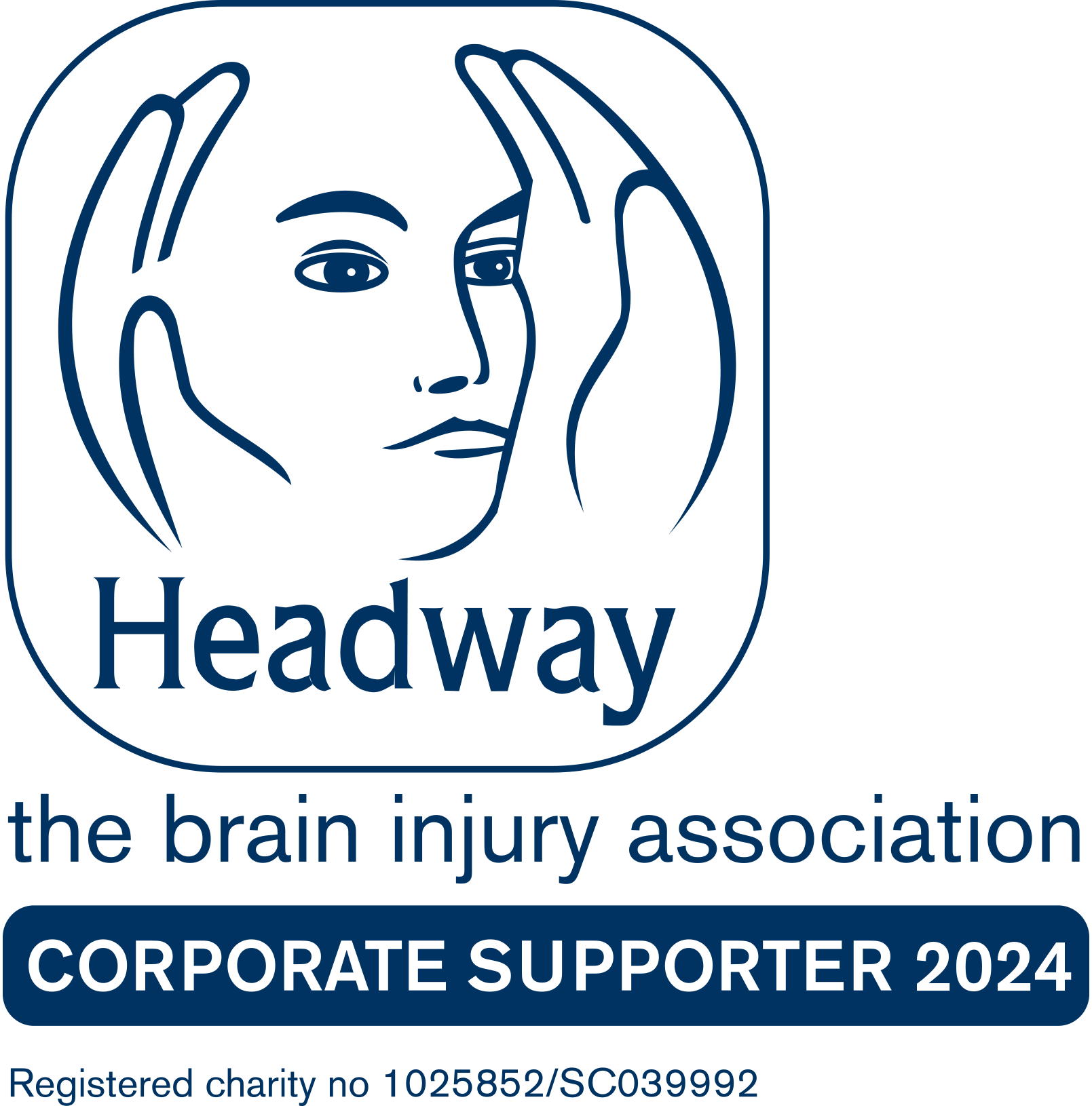Infection
The risk of infection applies to almost all surgical procedures but an amputation has a higher risk during surgery as it is classed as a ‘major’ surgical procedure due to the size of the incision that normally has to be made which could lead to infection if the operating theatre is not up to the required hygiene standards.
In addition, after the surgery a stump is often used for support so the potential for damage and exposing the wound soon after operations can be high.
Infections to amputations sites can lead to further extensive treatments and operations or even a more comprehensive amputation than the first.
Impaired Movement
Amputations of the arms affects balance because the upper-body will have a different weight distribution to that of before the amputation, so walking and general manoeuvring can often be difficult for amputees.
Arm amputees who have lost the use of one or both hands or arms will struggle to complete everyday tasks, such as eating, so must learn to adapt to their new situation in order to complete such tasks.
Amputations of the legs usually mean that a person is unable to walk without the use of prosthesis or crutches.
Unfortunately, many people cannot or choose not to use prosthesis due to the difficult adaptation period of getting used to them, or because they physically cannot due to their injuries, age or general strength, so may have to keep mobile with the use of a wheelchair.
Stump Pain And Phantom Limb Pain
Stump Pain is a condition that describes pain in the remotest part of the amputated limb due to damaged nerves which send signals to the brain that are interpreted as pain.
Phantom Limb Pain describes a similar condition, where an amputee feels pain in the limb that was amputated. In spite of the fact that the limb is not present, the brain understands signals as pain in that limb. The pain levels suffered by those with Phantom Limb Pain ranges from short periods of discomfort to constant, excruciating pain.
Fatigue
An amputee may experience extreme fatigue, especially in the areas of the body that must make up for the muscle mass lost in the amputation, due to the loss of a body part that formerly played a functional role in the performance of everyday tasks.
Fatigue is a particular problem in lower-limb amputees that use prosthesis to walk or for sport and is also common in upper-limb amputees as, without the full use of both hands and arms, carrying out tasks previously considered simple can be an extremely challenging and lengthy process.

